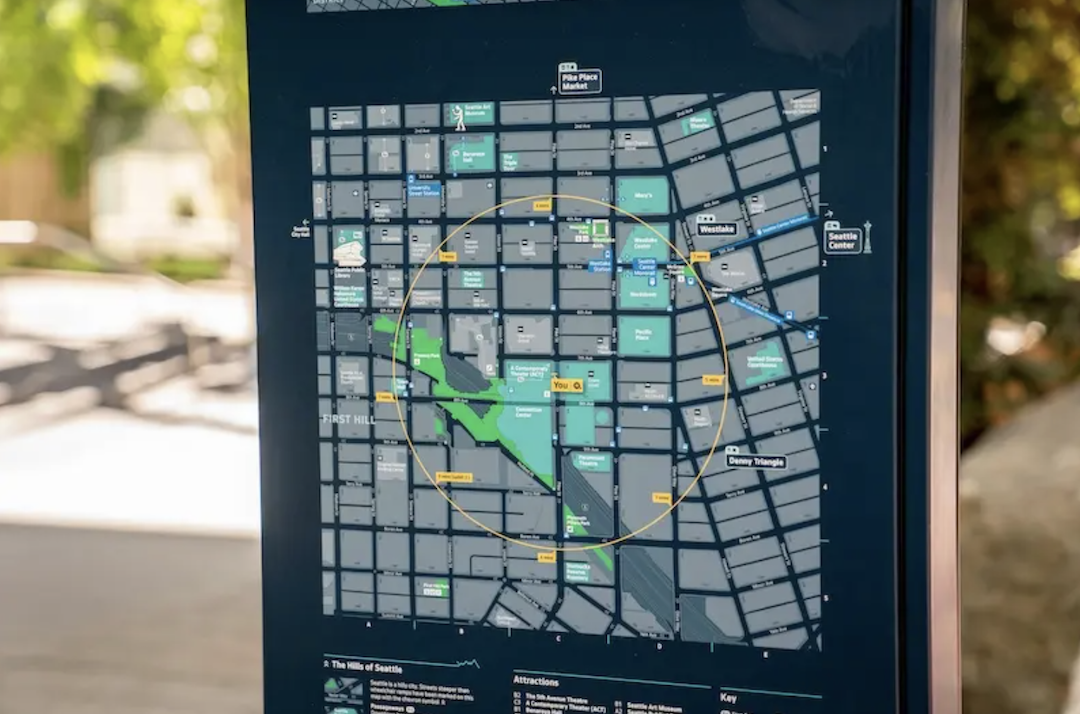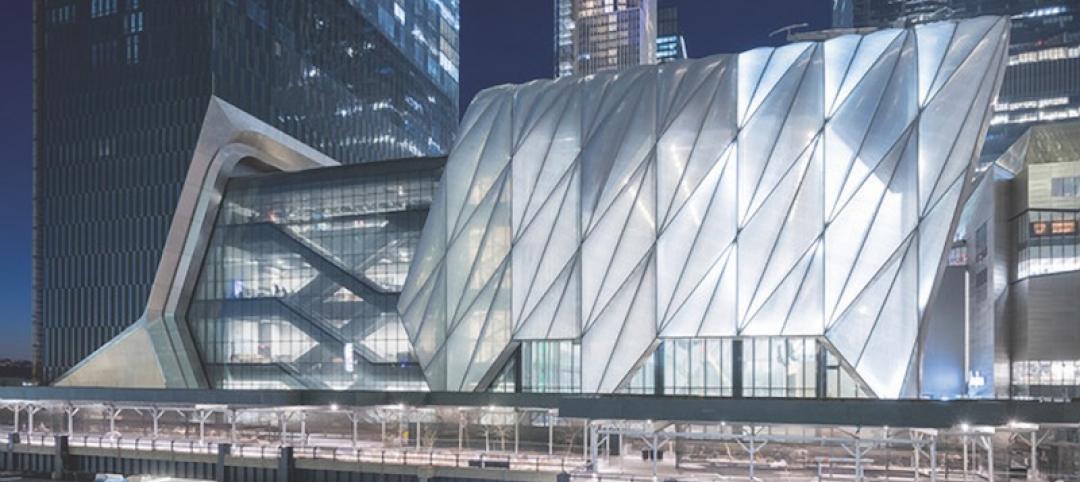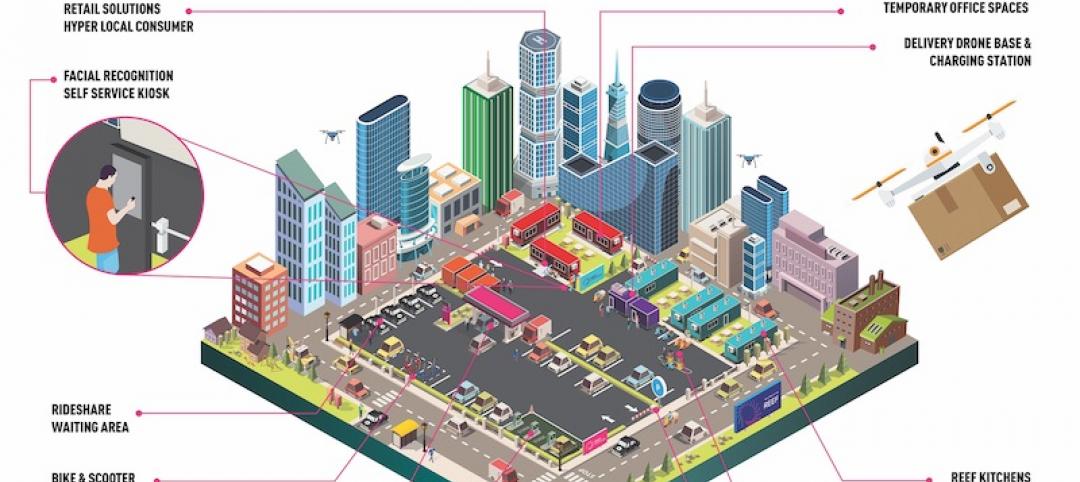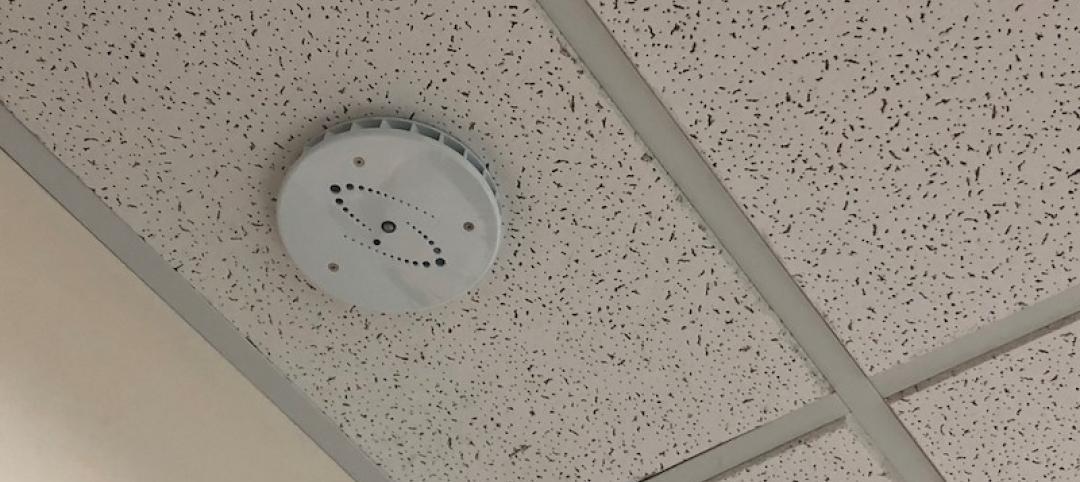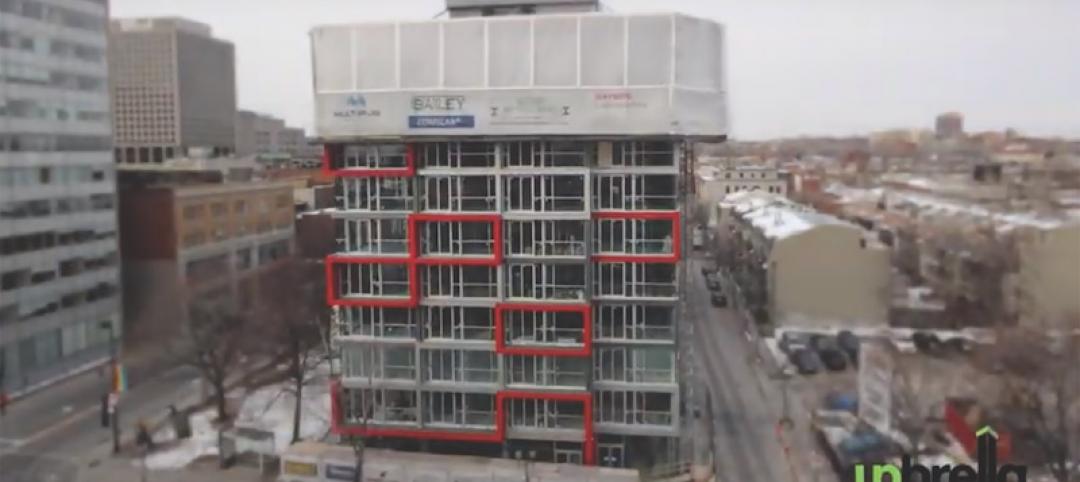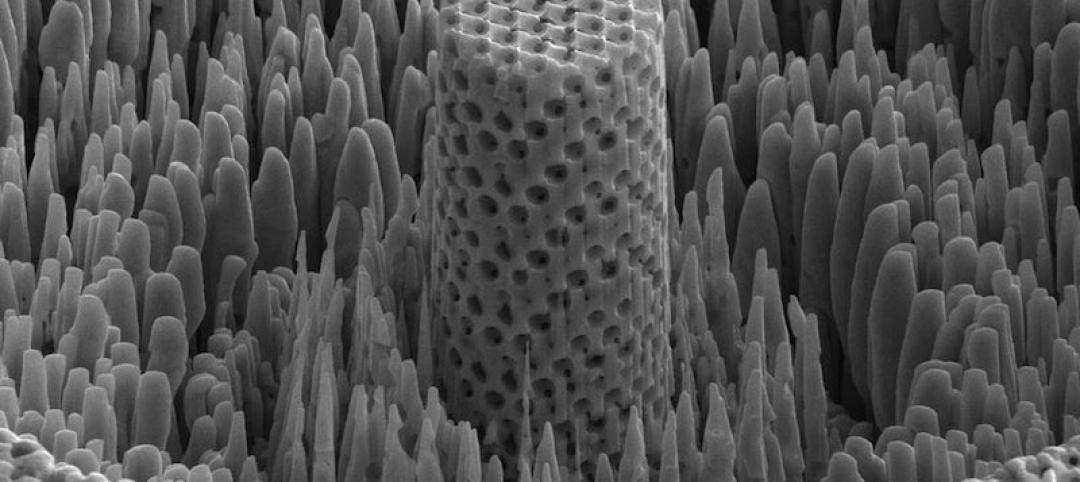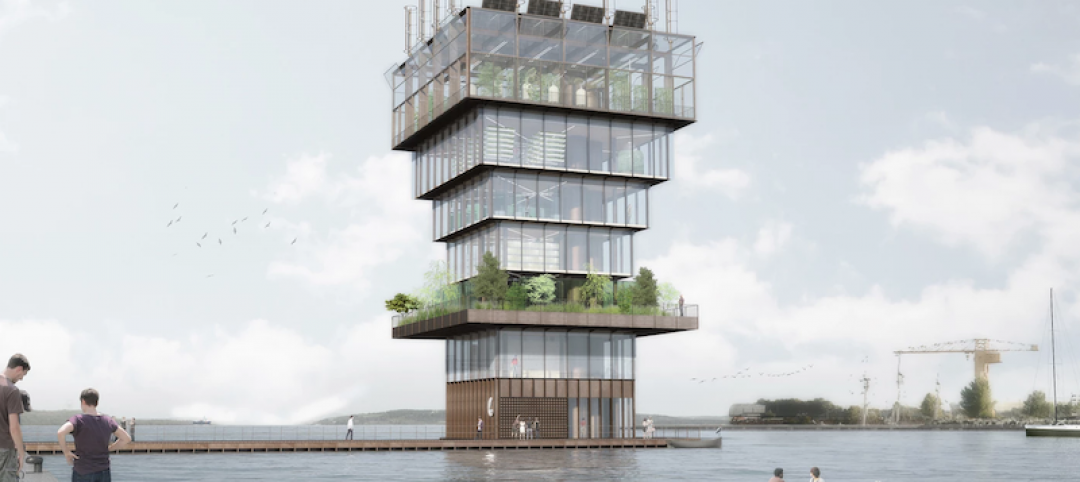The Seattle Department of Transportation (SDOT), in its attempt to make Seattle the most walkable and accessible city in America, has recently appointed Applied Information Group to create a citywide wayfinding system to encourage and enable more walking and rolling.
The system, dubbed Seamless Seattle, is based on the successful Legible London model, which is now lauded as the benchmark for complex city wayfinding. It will make America’s second-fastest growing city more legible and accessible for local residents, commuters, and the more than 40 million visitors that travel to Seattle each year.

Seamless Seattle will feature heads up mapping on street signs to help the user quickly orient themselves in reference to their immediate surroundings. Illustrations, slope information, accessible entrances to transit, and publicly accessible through building Hillclimb assists will all be integrated to meet the needs of the widest range of users. Braille and tactile panels provide orientation information on all signs and non-English languages in specific areas will be integrated as well.
In order to make the system as accessible as possible it will use proper contrast for legibility, optimization for color blindness, large type sizes, a careful balance of content, and simplification of complex topography.

Additionally, Seamless Seattle will adapt its design to respond to historic landmarked areas without reducing the overall legibility. Applied partnered with local businesses Alta Planning + Design and 3 Square Blocks to involve community and business leaders in the planning and design of the information system. Applied also worked closely with the major transit agencies Sound Transit and King County Metro to make sure a system of information for city streets is linked seamlessly to transit services.

“Our way finding project became much more than designing signs and directions,” said Adrian Bell, Applied’s Project Director for Seattle, in a release. “ The input of community leaders, stakeholders, and ambitious city staff encouraged us to create a project that is inclusive and demonstrates that walking, in particular, is the glue that holds the city together.”
Applied’s work with SDOT has so far produced an initial scoping study, a detailed planning strategy and guidelines, full design standards, and plans for two large pilot projects that will be implemented throughout the remainder of 2021.
Related Stories
Great Solutions | Feb 5, 2020
Power moves: The Shed
Precise positioning of mechanicals above its lighting keeps New York’s kinetic event space, The Shed, running.
Great Solutions | Dec 18, 2019
Robot uprising
Thyssenkrupp’s robotics interface platform helps robots use elevators like humans.
Great Solutions | Nov 12, 2019
Skanska designs personal protective equipment tailor-made for the female workforce
A safety vest is the first piece of equipment to undergo an update.
Great Solutions | Oct 3, 2019
REEF Technology wants to turn parking facilities into urban mobility hubs
The company currently operates 4,500 parking lots in 25 markets across North America.
Great Solutions | Aug 30, 2019
An ‘Internet of Beings’? Kinetic flooring promises more than just energy generation
Pavegen says its technology delivers a new level of human engagement in sustainability initiatives.
Great Solutions | Aug 7, 2019
Earthquake response system takes the guesswork out of seismic safety
The platform provides real-time monitoring to help avoid unnecessary evacuations and improve emergency response.
Great Solutions | Jul 12, 2019
Smart sensor maintains privacy, enhances safety in sensitive spaces
The HALO IOT sensor is designed for use in places where cameras are not welcome.
Great Solutions | Apr 9, 2019
Raising the roof is cool again
Upbrella allows for floor-by-floor building construction that is, reportedly, safer and more productive than traditional methods.
Great Solutions | Mar 12, 2019
When is wood not really wood?
Inspired by the look and cellular nature of wood, researchers create 3D-printed “digital wood” and “metallic wood” that is as strong as titanium, with the density of water.
Sustainability | Feb 20, 2019
Studio NAB’s Superfarm project creates an entire ecosystem in an urban environment
The Superfarm will go beyond what vertical farms typically produce.


